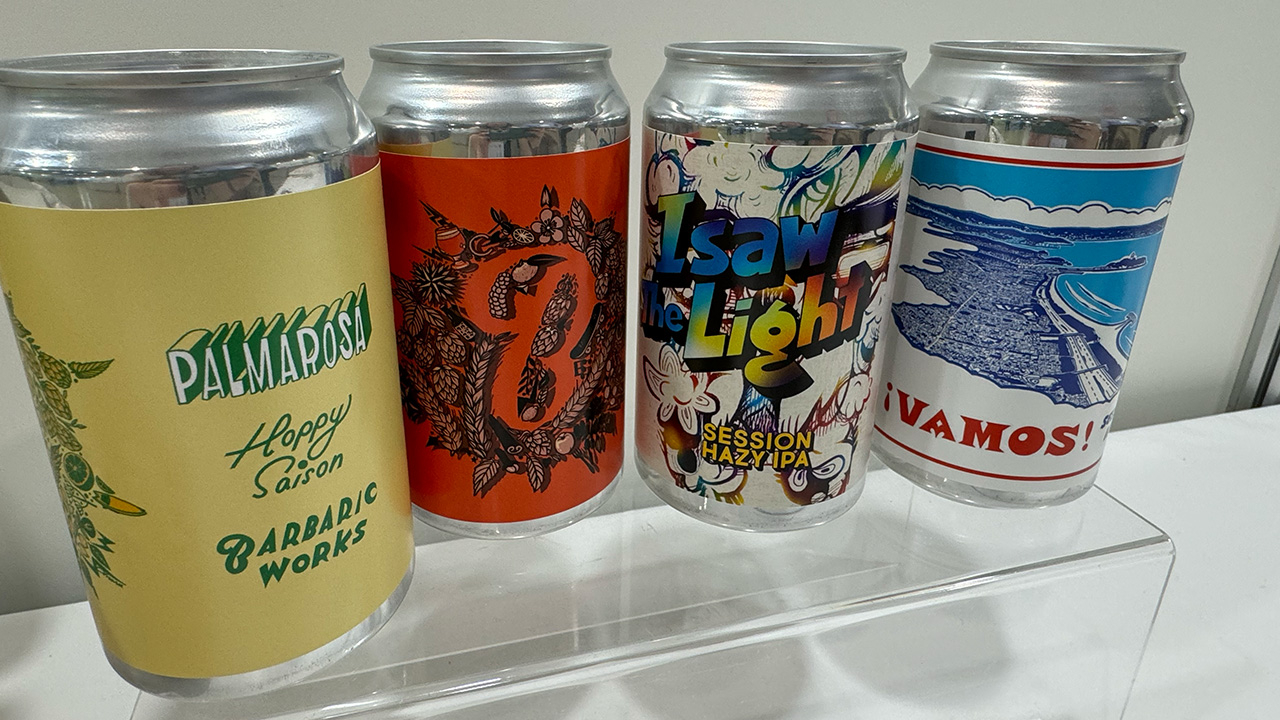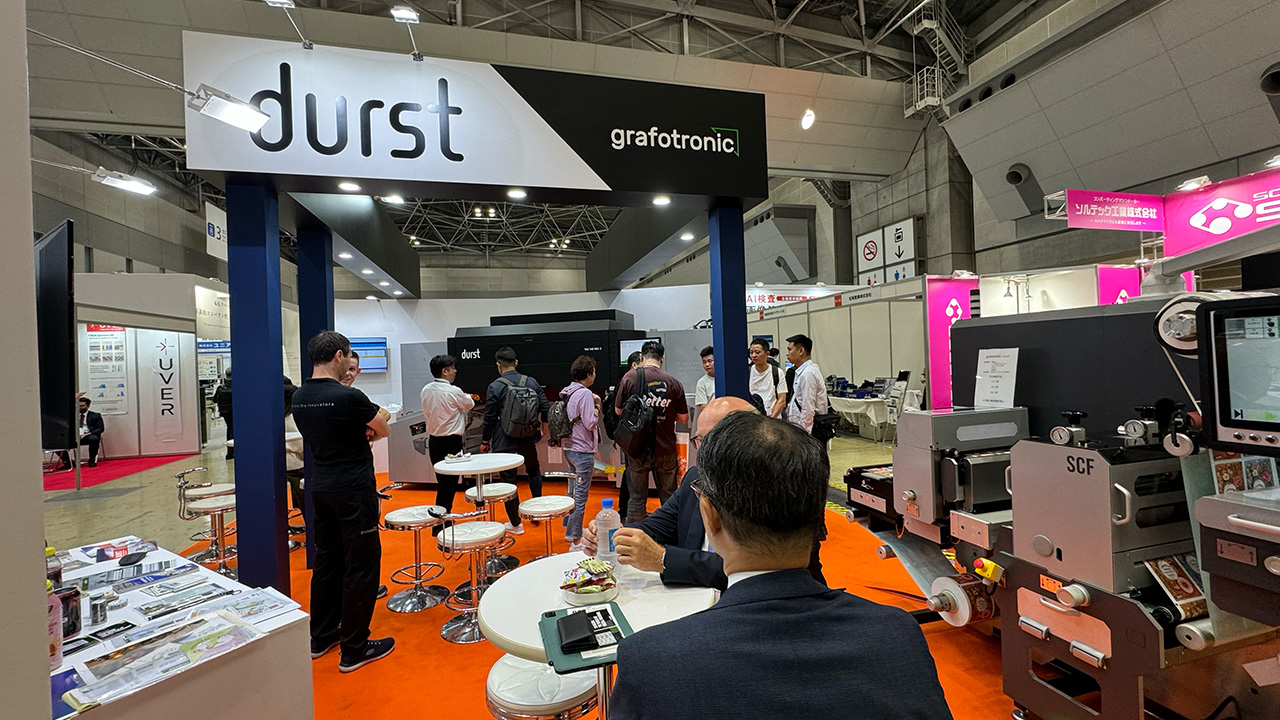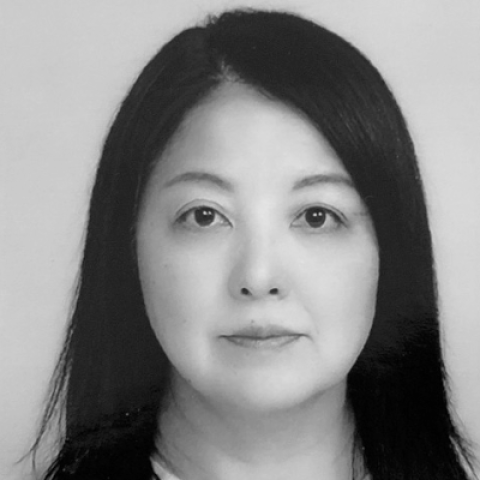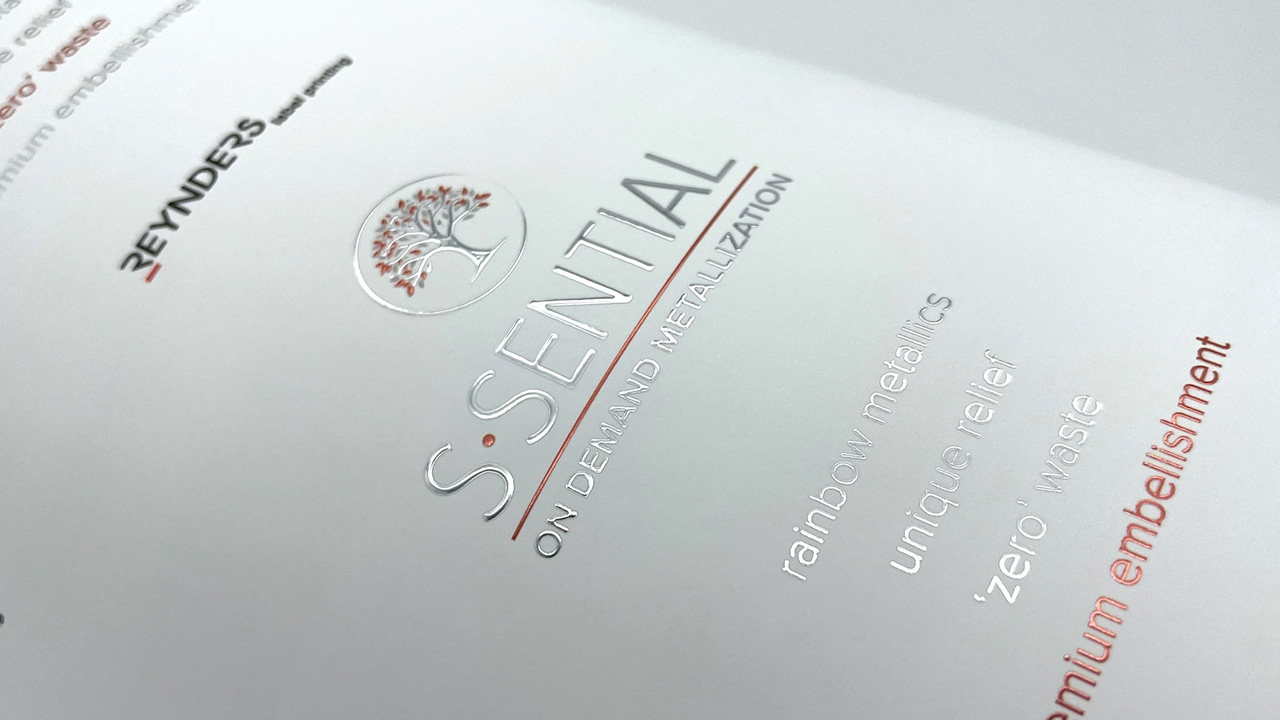Japanese market sees growth despite global headwinds
Each year, The Label Shimbun analyzes a broad range of proprietary data for its annual survey of the Japanese label market. Here is a summary of its latest findings.

In 2024, the Japanese label industry shipped labels to the value of 4.3 billion USD (629.2 billion JPY), up 2.4 percent from the previous year, marking the highest level of growth in the last five years. Food retained the largest share by end-use segment, accounting for 31 percent, or approximately 1.3 billion USD (195.5 billion JPY).
Despite the ongoing stagnation of consumer spending caused by price increases across all sectors including food, the market grew thanks to successful price adjustments implemented by label converters. Shipment volume remained flat year-on-year.
Labels accounted for 12.9 percent of the overall printing market in 2024, a 0.2 percentage point increase from the previous year. Non-adhesive labels, like shrink sleeves and in-mold, saw no significant change in market share, while growth in pressure‑sensitive labels helped support the overall growth of the industry sector.
“The market is expected to remain flat in volume terms, requiring a shift from volume-based growth to profit-oriented strategies”
In the wider packaging market, flexible packaging expanded its share significantly, representing 19.4 percent of the printing market, while corrugated board and paperboard accounted for 15.6 percent and 9.9 percent respectively. These gains, however, were primarily driven by price hikes rather than volume growth, as underlying demand showed only a slight improvement.
The label shipment volume for 2024 was flat at 2.49 billion sqm, remaining nearly unchanged from the previous year.
Volume growth slows
While the value of label shipments increased due to price hikes, label volume rose only slightly by 1 million sqm year-over-year. As material costs remain high and consumer spending slows, label converters face ongoing challenges in growing volumes. The market is expected to remain flat in volume terms, requiring a shift from volume-based growth to profit-oriented strategies.
In the food sector, pressure-sensitive labels dominate, while the beverage and alcohol segments rely more on non-adhesive formats. Due to their multi-layer structure and integrated post-press processing, the inherently higher unit cost of pressure-sensitive labels results in higher shipment value.
Future growth for converters will depend on how they add value to pressure-sensitive labels through enhanced functionality and services.
Label types
While price hikes for pressure-sensitive materials had mostly
stabilized by 2023, film-based substrates for non-adhesive labels saw multiple rounds of price increases in 2024. As a result, average selling prices for non-adhesive labels rose significantly.
At the same time, the impact of rising raw material costs that
began in 2021 continued to affect pressure-sensitive labels, leading converters to persist in price negotiations with customers. These efforts contributed to an overall upward trend in label pricing.
In terms of label type, pressure-sensitive formats accounted for 80 percent of total shipment value in 2024, while non-adhesive labels represented the remaining 20 percent. Shrink labels, the most common non-adhesive format, are predominantly used in the beverage and alcohol segment.
However, adoption is also expanding in food, personal and
home care, cosmetics and pharmaceutical and medical sectors, often replacing other label formats.

Trends among converters
Japan is home to approximately 2,800 label printing companies, many of which are small to medium-sized, family-owned businesses. These firms are vital in supplying label products essential for both commercial and consumer applications.
In 2023, Japan’s economy showed signs of recovery as society emerged from the Covid-19 pandemic, achieving record GDP growth.
However, the country also experienced its highest inflation in 41 years, leading to significant macroeconomic shifts. Despite the strong GDP numbers, actual economic sentiment remained weak.
For pressure-sensitive labels, material price increases continued into 2023, following earlier hikes in 2022. That year also saw electricity and fuel costs rise, further pushing up variable manufacturing costs. In response, label converters negotiated with customers to adjust label pricing to sustainable levels.
In terms of annual revenue distribution, companies with less than 685,000 USD (100 million JPY) in annual sales saw widespread growth, with many surpassing the threshold and joining the next revenue tier.
As a result, this segment’s share fell by 3.5 points to 44.3 percent.
All other revenue categories recorded year-on-year increases, indicating a gradual shift toward higher-revenue structures within the industry.
The Label Shimbum, a specialized industry newspaper focused on the Japanese label sector, recently published the 19th edition of its annual data book, ‘Japan’s Label Market 2025.’ First launched in 2007, this publication has become a widely referenced resource both in Japan and internationally among label and packaging professionals.
Food labeling
In the food labeling segment, Osaka Sealing Printing holds
the dominant position with a 33 percent market share. As a major domestic player, the company not only manufactures pressure‑sensitive materials in-house but also provides label printing services. In recent years, it has expanded into film-based applications such as shrink labels and flexible packaging. The company offers a complete one-stop labeling solution, including applicator systems.
In February 2025, Osaka Sealing launched ‘Yudemo,’ a heat-resistant thermal label designed to improve processing efficiency for brand owners. The label targets applications where durability in high-temperature environments is essential.
Fujiseal supplies its core product, shrink labels, to various
food applications, including plastic condiment containers. The company continues to grow its lineup of full-wrap shrink sleeves that extend over the cap, contributing to enhanced food safety.
Nozaki Insatsu Shigyo produces point-of-purchase and product labels and is also engaged in bag-making for food applications using water-based flexographic printing.
Toppan Infomedia launched an eco-friendly linerless labeling system in July 2024. The company targets brand owners in segments like energy drinks and condiments, where glue-applied labels have traditionally been used, offering alternatives that help improve production efficiency.
Stay up to date
Subscribe to the free Label News newsletter and receive the latest content every week. We'll never share your email address.


